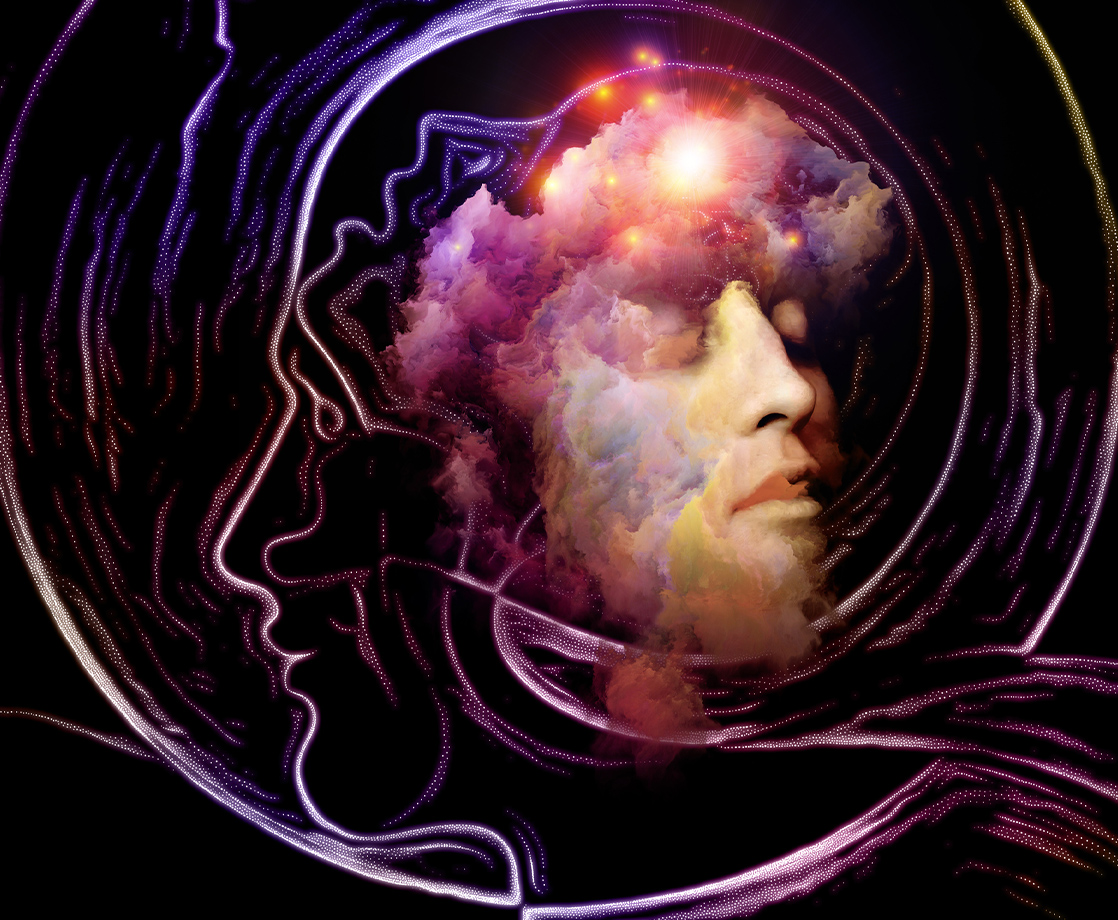A new computer science study found that simulating psychedelic trips in virtual reality replicated the same life-altering, mystical experiences that drugs could.
The study, published through Cornell University and led by an international group composed of computer coders, virtual reality specialists, and medical doctors, employed a program called Isness. Isness is a “multi-person VR journey where participants experience the collective emergence, fluctuation, and dissipation of their bodies as energetic essences,” the researchers wrote. Pretty trippy, right?
The study included 57 participants who first went into the VR simulation, then undertook a brief meditative session outside of the VR environment. Afterward, they answered a questionnaire that psychologists have traditionally used to assess the subjective aspects of psychedelic drugs such as LSD, psilocybin, MDMA, and DMT. The researchers concluded that the mystical-type experiences participants had through Isness were “comparable to those reported in double-blind clinical studies after high doses of psilocybin and LSD.”
What is the Isness experience like? The VR journey combines music, artificial visual aesthetics, and elements of the participants’ real-world environment. Each participant was told, at the start, that by using a mudra gesture, they could generate pinpoints of light. Throughout the session, they were encouraged to use the mudras to interact and connect with one another. Visuals and music morphed in real-time in response to the participants’ actions.
After the VR simulation, participants answered the Mystical Experience questionnaire, also known as MEQ30. When the researchers analyzed the responses, they found them nearly identical to the charted response data gathered from people who tripped on psychedelic drugs. Since the VR researchers didn’t include a control group for their study, they used data from 26 previous, separate MEQ30 studies for comparison. And here’s what they found.
Only three previously published studies produced participant data that was “more intense” than the Isness experience. One of those studies dosed people on MeO-DMT (a.k.a. “toad”), and the other two gave 30mg of psilocybin to study subjects.
Seven previously published studies showed data that was “indistinguishable” from Isness. Those studies included anywhere from 20mg to 42mg of psilocybin.
Sixteen previously published studies were “less intense” than Isness. They included much lower doses of psilocybin (1mg to 3mg) compared the above mentioned studies, as well as low doses of MDMA, LSD, and dextromethorphan (DXM, the component of cough syrup behind “robo-tripping”).
Most of Isness’s participants reported experiencing ego dissolution or ego death, a crucial component of all psychedelic experiences where one’s individual identity merges or dissolves into a collective non-identity. They also reported feeling an innate knowledge of their being and their relation to the universe, another aspect of psychedelic experiences. The majority of participants also said they felt a deep, indescribable interconnectedness with the other participants and with their environment.
“Within a supportive setting and conceptual framework,” the researchers concluded, “we have presented evidence suggesting that it is possible to design phenomenological experiences using multi-person VR which create the conditions for [mystical-type experiences] from which participants derive insight and meaning.”
Since Isness is a virtual reality experience that does not include drugs, the researchers eschewed the term “psychedelic” for describing Isness’s effects and coined a new term for virtually-induced mysticality: “numedelic,” from the Latin numen (“spiritual” or “sublime”) and the Greek pneuma (“spirit,” or “soul”).
“In a supportive therapeutic context,” the researchers continued, “numedelic technologies like Isness may offer an opportunity for a digital culture which is addicted to unhealthy economic growth narratives to meditate on its own mortality.”
However, can VR ever truly replace psychedelic drugs, which have been with humanity since the first cultures arose? Some studies suggest that the brain — and the body — cannot tell the difference between imagined actions and physically performing those actions in the real world. On the other hand, other studies have shown that the brain can distinguish between real-world experiences and virtual reality journeys, so the verdict is still out on whether programs like Isness will ever render our plant-derived entheogenic tools and substances obsolete.











